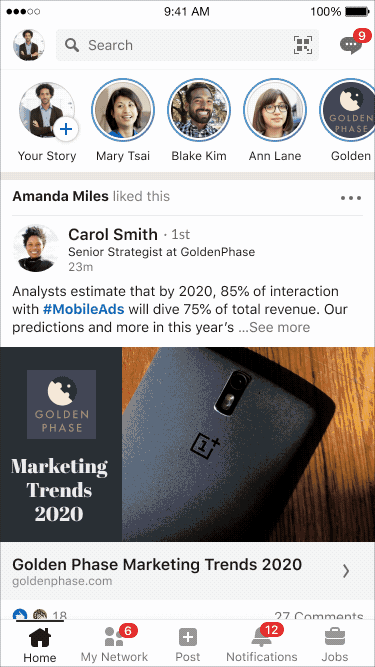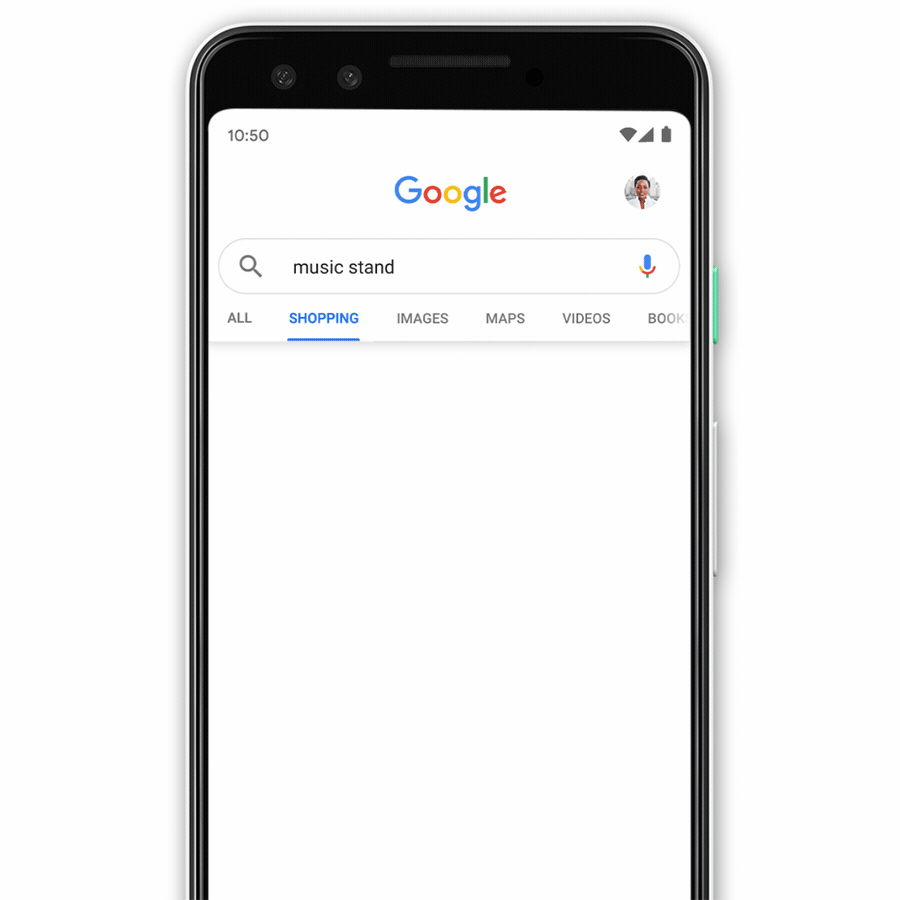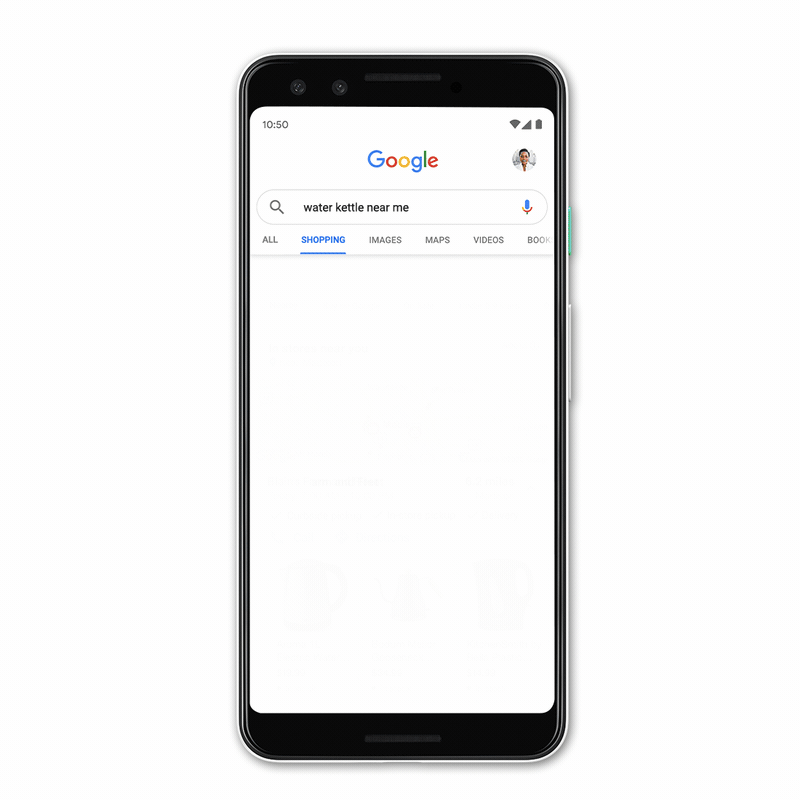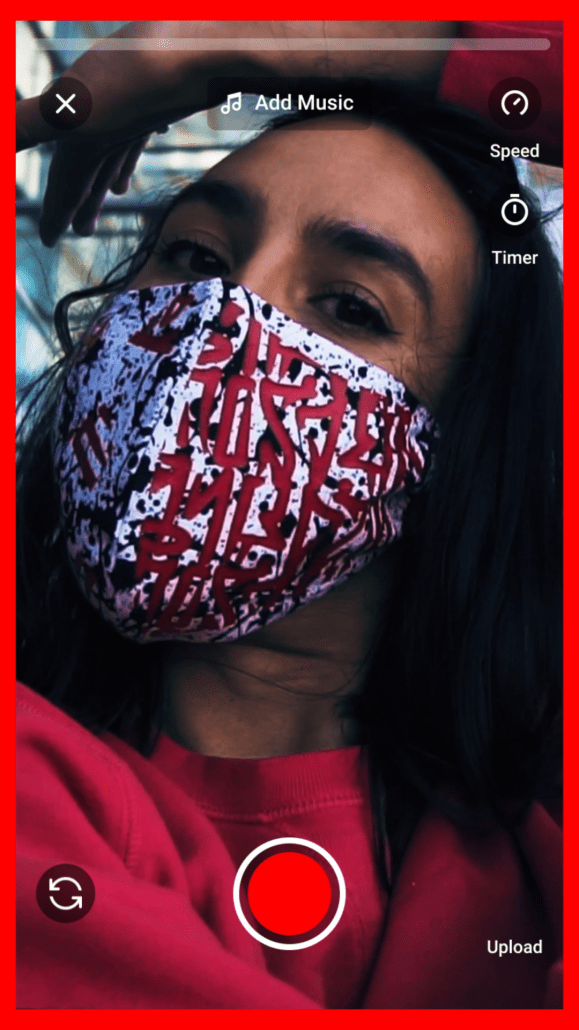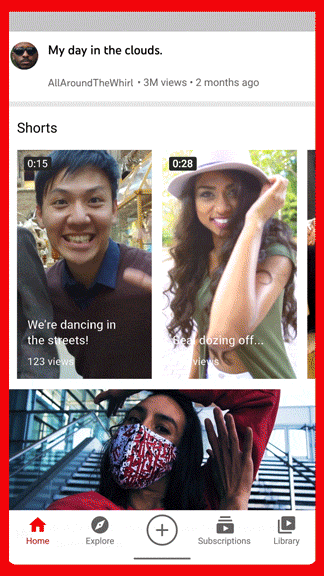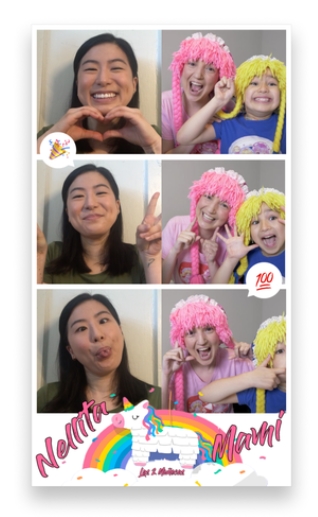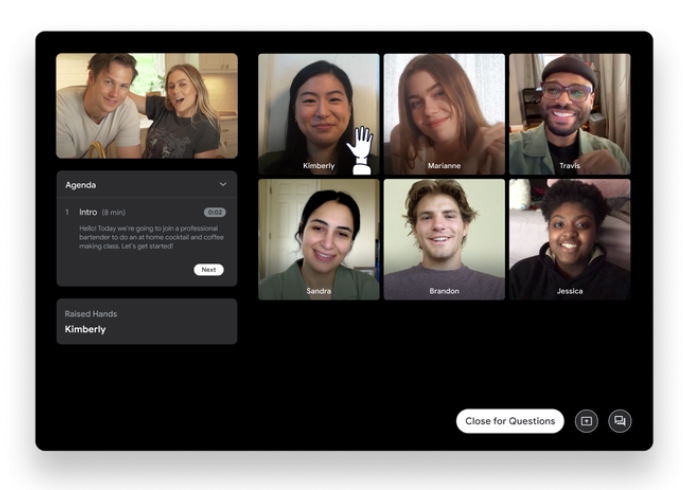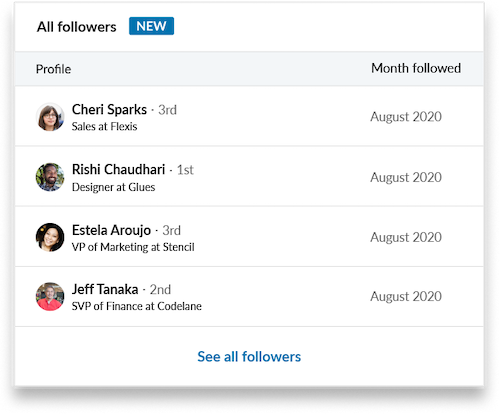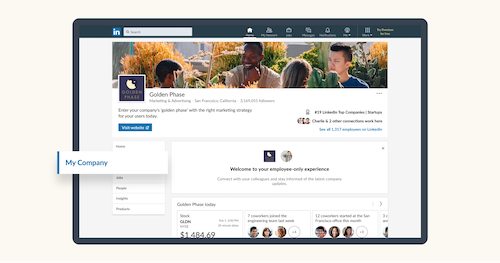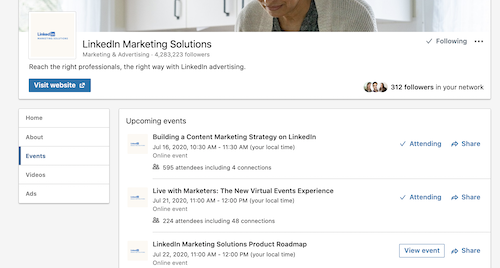This week, Pinterest released its latest report on the most popular search trends and topics across the popular social network.
Specifically, the search trends report shows which topics are currently seeing a significant spike in interest compared to last year, as well as trends that are expected to be popular this fall.
The overall theme for this season, according to Pinterest, is “back to life” because autumn is like a ‘second new year.’
“Each year, the start of September and the beginning of autumn is seen by many people around the world as a ‘second new year’.
It’s a time when making small improvements, resetting goals and habits, and starting a fresh drive to create healthy routines feels more achievable and more personal than New Year’s resolutions.”
This has perhaps never been more true than in 2020 as we all gradually return to normal following the COVID-related shutdowns around the world. This may be why one of the biggest trends is a 64% increase in searches for “positivity.”
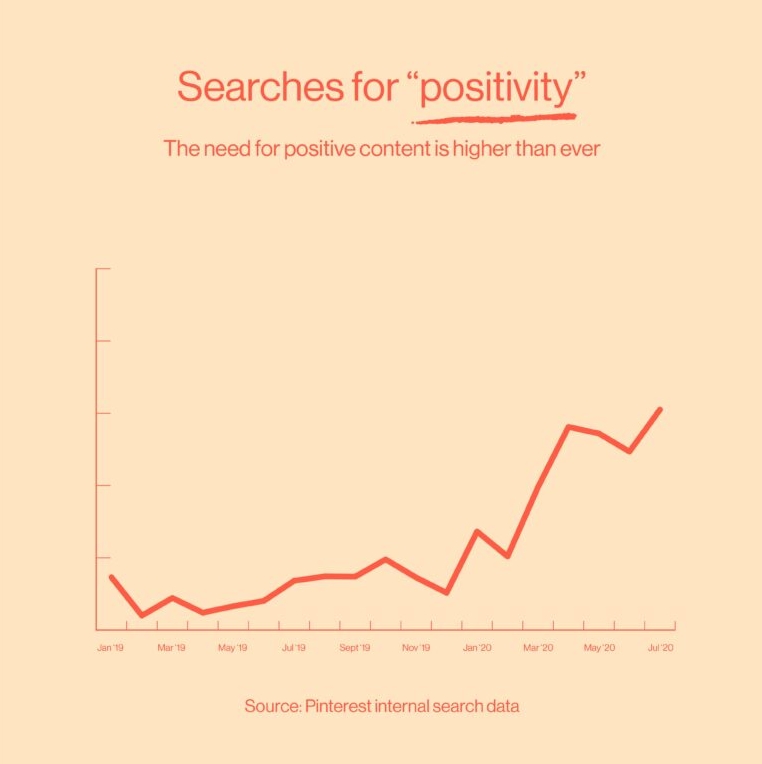
Similarly, Pinterest says users are increasingly looking for activities and inspiration for around the house, rather than outside.
With this in mind, lets explore some of the finer details in the report.
2020 Pinterest Search Demographics
While Pinterest’s user base includes a wide range of people, this report simply broke users down into two categories:
- Gen Z: Users between 18-24
- Millennials: Users between 25-44
Gen Z Search Trends
Gen Z users are continuing to focus on self-love and creating positive spaces at home this season, as Pinterest says:
“With so much uncertainty in areas like school and work shifts, Gen Z Pinners are seeking ways to stay positive and healthy…”
This overall attitude has led to a number of increasing search trends, including these keywords:
- Mental health check-in (up 5x)
- Mindful eating (up 44%)
- Photoshoot ideas (up 56x)
- Zen bedroom ideas (up 5x)
- Calming bedroom (up 3x)
- Feng shui bedroom layout (up 2.5x)
- Indie room (up 151x)
- Hippie bedroom decor (up 19x)
Millennial Search Trends
While Gen Z is using Pinterest to improve their home spaces and spruce up their decor, Millennials are looking for ways to keep their family engaged and active.
“For the past six months, home has replaced work, school and the gym, and outdoor spaces have become one of the safest places to practise social distancing.
Millennial parents continue to prioritise keeping their families healthy and happy, while addressing their children’s mental health and self-care practices…”
This has driven an increase in these keywords:
- Mental health activities for children (up 3.5x)
- Occupational therapy for children (up 2x)
- Conscious parenting (up 2x)
- Schedule for children at home (up 20x)
- Daily routine schedule for children (up 10x)
- Children’s workout routine (up 88%)
- Animal yoga poses for children (up 56%)
- Indoor swings for children (up 3x)
- Carnival games for children (up 3x)
- Lava lamp experiments for children (21x)
Male Search Trends
Perhaps the biggest surprise in the report is a sizable increase in the number of men using Pinterest. Overall, the number of male users has climbed nearly 50% since this time last year.
This is particularly interesting because Pinterest’s user base has historically leaned strongly female.
As for why men are suddenly showing an interest in the site, Pinterest says:
“The number of male Pinners has jumped nearly 50% since last year, with men searching for homeschool inspiration, as well as improvement projects and projects that also bring younger family members in on improvements around the home.”
As such, the site has seen increases in the following topics among male users:
- Home improvement projects (up 78%)
- DIY projector screen (up 41%)
- Woodworking projects for children (up 2x)
- Art therapy activities (up 65%)
- Workout routine for men (up 3.5X)
- Mental strength quotes (up 2.5x)

